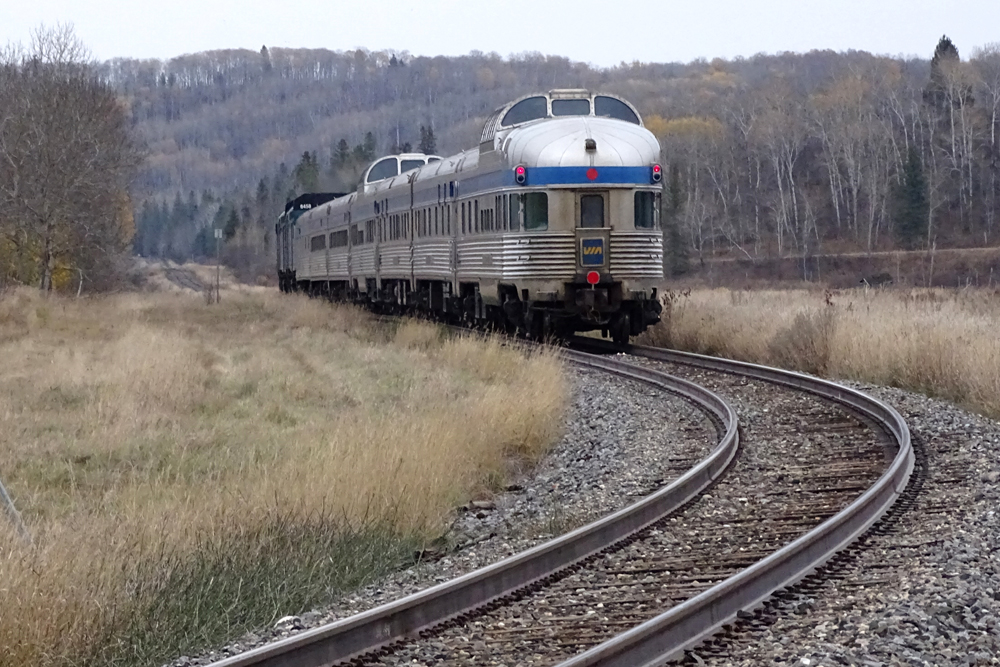The issue is indeed age, and metal fatigue. All rail cars wear out eventually. This is a real thing, not a hypothetical concern….. the cracks are showing up in both the Budd and LRC fleets.
Any other fleet will have a life-cycle plan that recognises the reality of aging and has a plan to replace the fleet before end of life is reached. Amfleet will eventually be repaced when the same fatigue issues begin to be seen. With VIA, Ottawa has stuck its head in the sand and squeezed every last ounce of use out of the current fleet - but the final curtain is here.
- Paul





